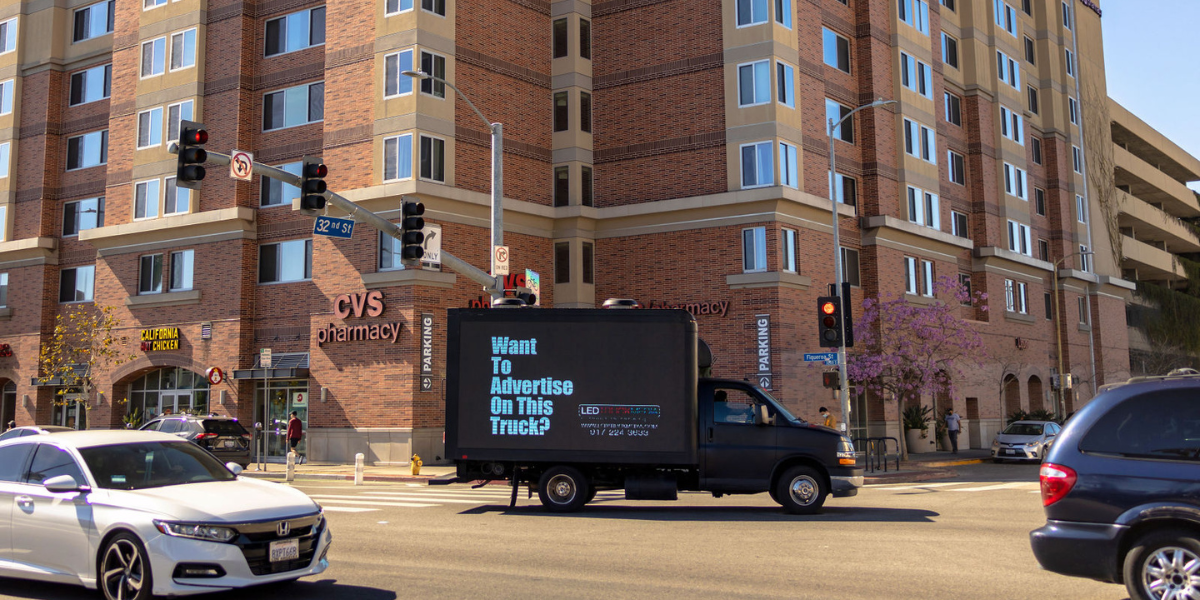Introduction
In an era where attention spans are shrinking and traditional advertising faces saturation, marketers are turning to innovative, eye-catching strategies. One such method gaining popularity is mobile billboard advertising—a dynamic approach that brings your message directly to consumers on the move.
What Are Mobile Billboards?
Mobile billboards are large advertisements displayed on moving vehicles, such as trucks, trailers, buses, or even bicycles. Unlike stationary billboards, these ads travel through high-traffic areas, events, or targeted neighborhoods to maximize exposure.
There are several formats of mobile billboards:
-
Truck-Mounted Billboards: Often seen on box trucks with large flat panels.
-
Digital LED Billboards: High-tech, changeable displays that can run multiple ads or videos.
-
Wrapped Vehicles: Entire vehicles, from cars to vans, wrapped with branded designs.
-
Trailer Billboards: Billboard signs mounted on trailers that are towed or parked in strategic spots.
How Mobile Billboards Work
Companies typically rent billboard-equipped vehicles through advertising agencies. These campaigns can be geo-targeted and time-specific, operating during rush hours, near event venues, or in urban centers. Digital versions may also be programmatically controlled, displaying relevant messages based on time of day or weather.
Benefits of Mobile Billboard Advertising
-
High Visibility
Mobile billboards are hard to miss, especially in congested urban areas. Their mobility ensures they reach different audiences at different times. -
Targeted Reach
Routes can be strategically chosen based on demographics, traffic patterns, and campaign goals. -
Cost-Effective
Compared to TV or online ads, mobile billboards offer broad exposure at a relatively low cost per impression. -
Flexibility
Digital mobile billboards allow for real-time message updates and customization. -
Brand Recall
The unusual and moving nature of mobile billboards often results in higher memorability compared to static ads.
Challenges and Considerations
-
Regulations: Some cities restrict or ban mobile billboards to reduce distractions or congestion.
-
Weather: Visibility can be affected by rain, fog, or poor lighting conditions.
-
Maintenance: Vehicles need to be well-maintained to avoid breakdowns that could derail campaigns.
-
Measurement: Tracking ROI and impressions is more complex compared to digital platforms.
Use Cases and Industries
Mobile billboards are used across industries including:
-
Retail & E-commerce: Announcing grand openings, sales, or local store promotions.
-
Entertainment: Promoting movie releases, concerts, or events.
-
Political Campaigns: Reaching voters in different districts.
-
Public Awareness: Government or nonprofit campaigns on health, safety, or community issues.
Conclusion
Mobile billboards are an innovative, flexible, and impactful form of outdoor advertising. As the advertising world continues to evolve, these rolling billboards offer a powerful solution for brands looking to stand out and meet their audience where they are—on the move.



